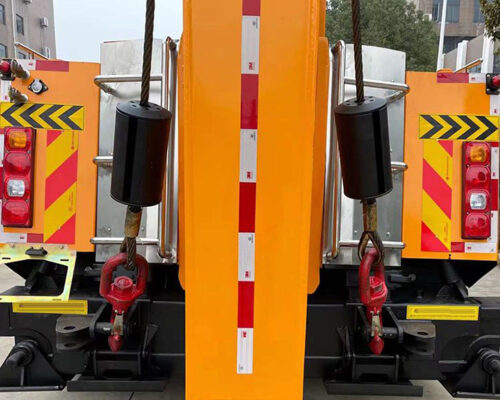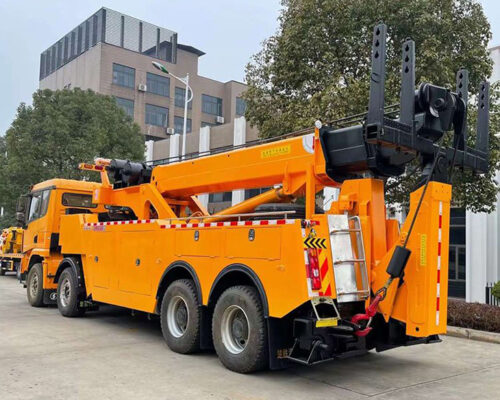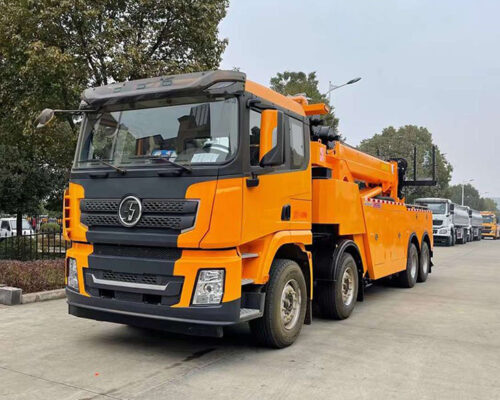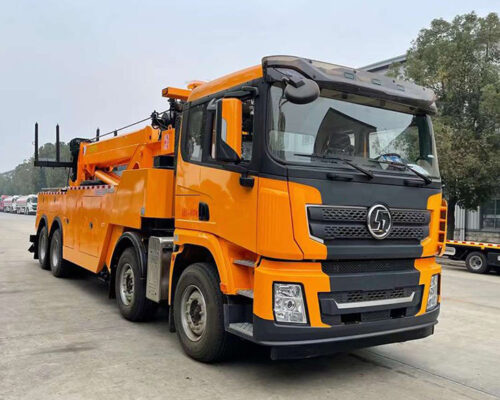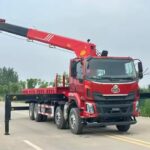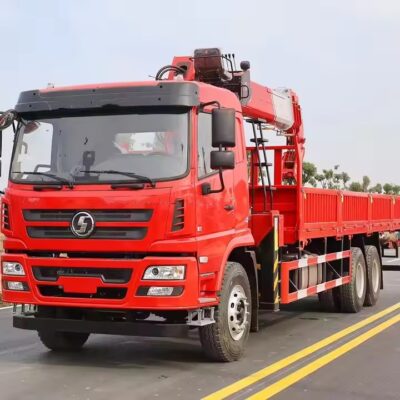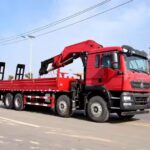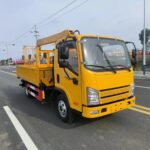Daily maintenance is crucial for ensuring the safety and efficiency of teraka e senyangs. Here are some detailed tips to keep your teraka e senyang in top condition:
1. Inspect Stressed Components
Key Areas to Inspect
- Sub-frame and Lifting Arm: Check for any signs of damage, deformation, or cracks. These components are crucial for structural integrity.
- Boom and Wire Rope: Look for excessive wear, scratches, burn marks, or signs of seizure. Ensure the wire rope is not frayed or kinked.
- Hook and Cylinder Mounts: Inspect for cracks and ensure they are securely attached without excessive wear.
- Boom Seat and Fork: Check for stability and any signs of damage.
Address Issues Promptly
- Prevent Accidents: Immediate attention to any issues can prevent accidents during operation.
- Regular Inspection: Conduct visual and manual inspections regularly, focusing on high-stress points and friction surfaces.
2. Lubrication and Pressure Checks
- Lubrication: Ensure all moving parts are well-lubricated to minimize friction and wear. Use high-quality lubricants suited to your truck’s specifications.
- Pressure Retention: Before use, check the lifting mechanism’s pressure retention performance. Make sure it holds pressure without leaking.
- Loading: Avoid overloading or uneven loading, which can strain the vehicle’s components and lead to mechanical failure.
3. Hydraulic System Maintenance
Prevent Contamination
- Foreign Particles: Most hydraulic system failures are due to contamination by foreign particles. Keep the system clean to avoid these issues.
- Oil Quality: Use clean, high-quality hydraulic oil. Replace it regularly and avoid mixing different types of oils.
Regular Inspection and Replacement
- Hydraulic Oil: Regularly inspect and replace hydraulic oil as per manufacturer guidelines. This ensures optimal performance and longevity of the system.
- System Cleanliness: Clean the hydraulic system thoroughly to prevent contamination.
Maintain System Pressure
- Pressure Levels: Keep the hydraulic system pressure within ±10% of the rated pressure to ensure proper functioning.
- Temperature Monitoring: If the system operates for long periods or in high-temperature environments, ensure the hydraulic oil temperature does not exceed 60°C (140°F).
4. Operational Practices
Power Take-Off and Speed Management
- Power Take-Off: Disengage the power take-off when driving to prevent unnecessary wear on the system.
- Towing Speed: Reduce speed when towing vehicles to ensure stability and safety.
Check for Leaks
- Frequent Inspections: Regularly check for leaks in the hydraulic system. Address any leaks immediately to prevent system failure or damage.
Bolts and Pins
- Tightness of Bolts: Regularly check the tightness of major bolts, especially those positioning the pins, to ensure they are secure.
- Positioning Bolts: Pay close attention to bolts in critical areas, ensuring they are not loose or damaged.
5. Winch Operation
Wire Rope and Winch Drum
- Wire Rope Loops: During winch operation, ensure there are at least five loops of wire rope on the winch drum to maintain grip and prevent slippage.
- Winch Clutch Control: Do not touch the winch clutch control while the wire rope is under load to avoid accidents or damage.
Additional Tips
- Regular Training: Ensure operators are trained on proper maintenance and operational procedures to minimize human error.
- Record Keeping: Maintain detailed records of inspections, maintenance activities, and repairs to track the truck’s condition and predict potential issues.
By following these daily maintenance tips, you can keep your teraka e senyang in optimal condition, ensuring safety and reliability during operations. Regular maintenance not only extends the lifespan of the vehicle but also enhances performance and reduces the risk of breakdowns.


